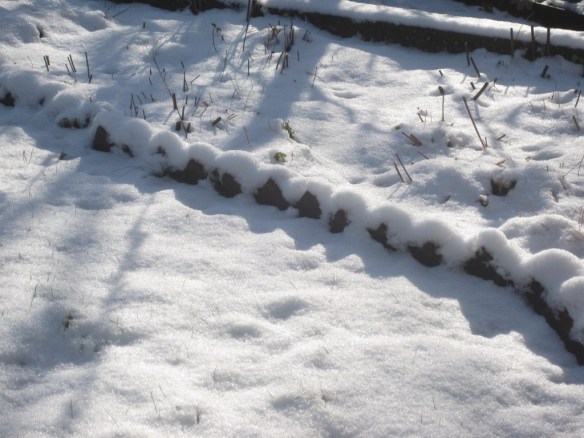Thanksgiving is exactly what we need right now. As the holiday that quietly reaffirms us as one nation coming together to count our blessings and give thanks as we break bread with family and friends, we are particularly primed for it this year. As much as such gatherings are invariably fraught with old grudges and grievances, it is, if we are honest, about reconnecting and recognizing the bonds that hold us together.
This week, I know too many people who are going to their usual Thanksgiving gatherings with a greater than usual degree of trepidation. And I’ve been giving this matter a lot of thought. How can we change this narrative? Naturally, I turned to the wisdom imparted from the garden.
To start, we must accept that we are each responsible for the situation we are in. That is the plain truth. Acknowledge it. It is no different from when we confront a big problem in the garden. Take for instance the fall of a mighty tree that causes some significant and costly damage. Our first instinct is to blame it on the storm that felled the tree down. But the storm didn’t arrive specifically to cause that damage. It has no hidden reason. If we can concede that, then, we must look deeper and find the true cause(s).
So, first, lets consider individual responsibility. If I was the gardener I’d have to ask myself if I had done right by the tree. Was it in the right location? Was the tree suitable to the area and hence accordingly hardy? Had it been pruned and/or braced appropriately? Was it fed and watered regularly? Had I done due diligence in monitoring its health? What had I, if at all, neglected to do? It’s only in clearing my conscience fully can I then look elsewhere to ascertain the cause.
Collective responsibility – did we as gardeners/residents in the neighborhood ignore signs that should’ve raised a few red flags? Or, worse, did any of us choose to keep silent about something we observed “because it was not our business?” “ Not our problem!”? Not speaking up, failing to share information, conveying said information with clarity, lending a helping hand are all matters that concern everybody.
If individually or collectively we are fully absolved of any or all dereliction of duty, then and only then might we say it was singularly the storm that made the tree fall. You see my point? At this time, I’m not going to get started on the human factor in the changing climate resulting in more fierce and frequent storms happening everywhere!
I think I’ve made my case. We are all, directly or indirectly connected and part of a greater whole. We need to focus on how to be better. Do better. If only to keep coming together for Thanksgiving and celebrating this one life we each have been given.
So this year, make that decision to arrive at the holiday table with a resolve to set aside grievances. Avoid all conversation/debate about the elephant in the room if you can! Seriously. Let that matter be until each person has made peace with him/herself. For now, unclench your fist to offer an open hand. Declare a tentative truce. Instead, concentrate on the ties that make you family, shared histories and genes, common interests, play some games that everyone can enjoy ( Charades is my go to). Just maybe, it’ll be a whole lot more fun than you could’ve imagined.
Lets not give up before we even try.
For now, lets clear up the debris, review the state of the damage in the garden and make firm efforts to repair, replace, restore. In time, a new tree will be planted and we shall grow it to be mighty.
From the bottom of my heart I wish you a very happy Thanksgiving.
Enjoy the beauty and majesty of some trees that captivated me this year :












(c) 2024 Shobha Vanchiswar
[do_widget “Blog Subscriptions (Jetpack)”]




























































































